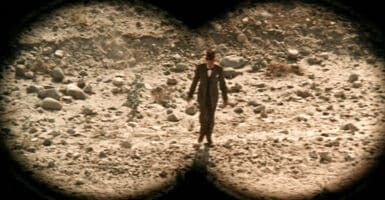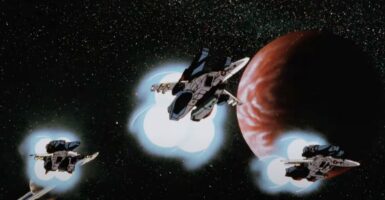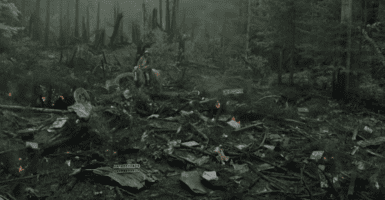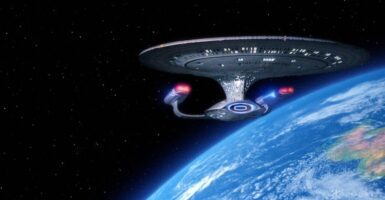NASA Says They Can Grow Food In Space Without Soil
No soil? Do they use GrubHub?
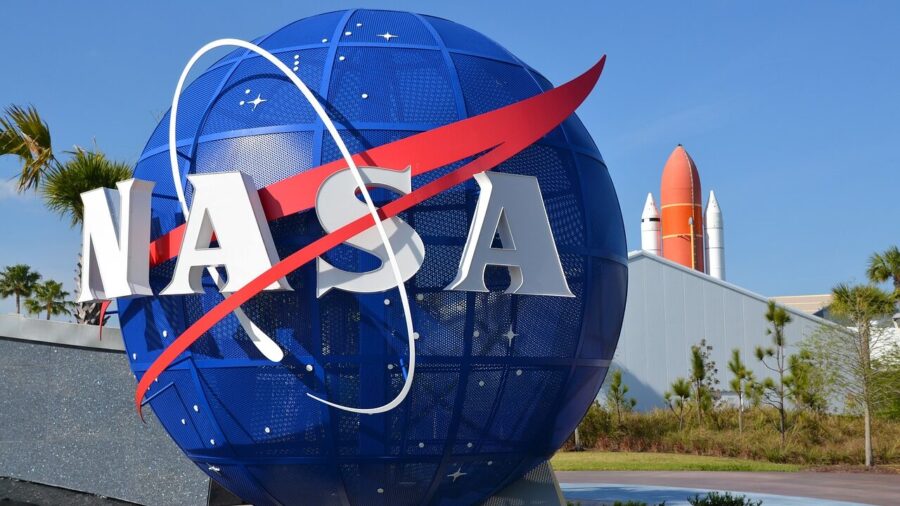
As humanity’s exploration of space continues, NASA is looking for ways to provide astronauts with nutrients in a long-lasting, easily absorbed form. The best way to do that is with freshly grown fruits and vegetables. While it may sound simple enough, the challenge is figuring out how to do it in a closed environment without sunlight or gravity. Several experiments have been conducted to see whether plants can flourish away from Earth. And as of last week, a new test has begun to see if growing veggies would be a feasible option.
Now, according to a NASA blog post, Flight Engineer Jessica Watkins started to harvest radishes and mizuna greens aboard the ISS. And they were grown without any soil whatsoever. The experiment is part of the XROOTS space gardening study that uses hydroponic and aeroponic techniques to grow edible plants. If successful in the long-term, future crews can sustain themselves on spaceflight missions beyond low-Earth orbit.
Growing any plants in space is always exciting since astronauts need them for both aesthetic and practical reasons. NASA already knows that fresh flowers and gardens on the International Space Station create a beautiful atmosphere, allowing space travelers to take a little piece of home on their journeys. They’re also good for psychological well-being and critical for keeping astronauts healthy on long-duration missions since multi-vitamins aren’t enough to keep them in tip-top shape.
Right now, NASA provides astronauts on the space station with regular shipments of various freeze-dried and prepackaged meals to cover their dietary needs. And resupply missions keep them freshly stocked. However, when these crews venture further into space, traveling for months or years without resupply shipments, the vitamins in prepackaged form break down over time. This leads to a deterioration in the astronauts’ overall health.
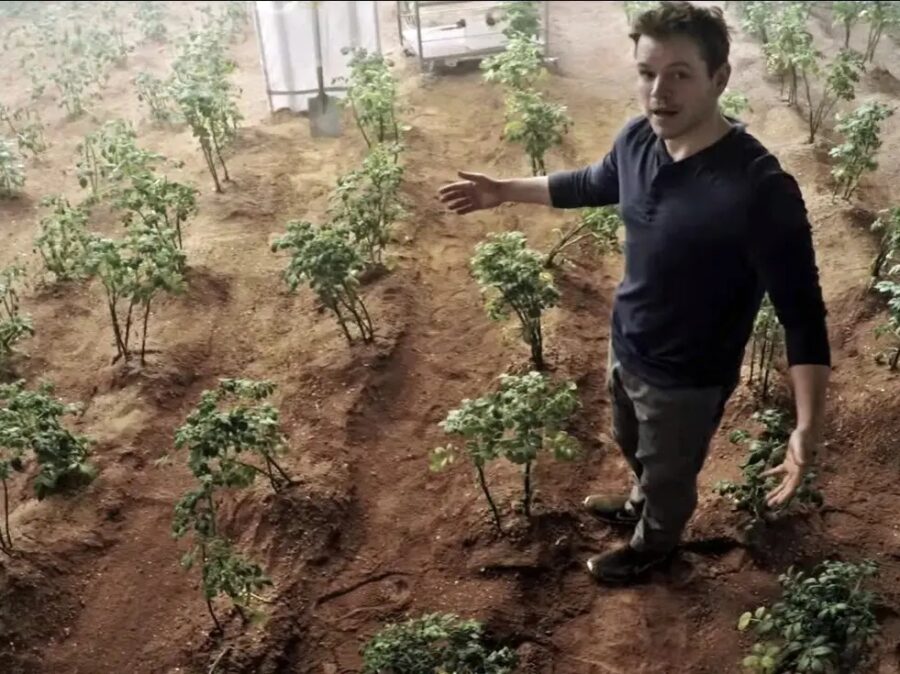
Using soil-like growth materials has always been an option. But it presents potential resource and major sanitation problems. That’s what makes NASA’s extraordinary soilless vegetables an exciting step towards a new age of interstellar discovery. XROOTS, which is an acronym for eXposed Root On-Orbit Test System, supports a plant through all stages of growth, starting with a seed. According to The Byte, the system is experimental, containing several different independent growth chambers that let astronauts test a variety of soil-free, air-and-water-based combinations on different types of plants.
Developed by private sector company Sierra Space, NASA’s experimental XROOTS project isn’t quite ready to feed the entire space station just yet. And we’re still waiting for a complete culinary review of the off-planet veggies. But since its launch back in February, and seeing that there are a few more weeks left on the six-month study, space enthusiasts are looking forward to any other crops and discoveries the trial might yield. Not to mention the technological possibilities it could create in the future.
Interestingly, soil-free crops isn’t the only experiment NASA carried out recently. Flight Engineer Kjell Lindgren continued investigating why microgravity accelerates aging-like symptoms in humans. He processed various samples and stowed them in a science freezer for the Phospho-Aging study. According to the blog post, living in space affects molecular mechanisms that speed up the loss of bone and muscle mass. The results may inform countermeasures to keep astronauts healthier and improve the lives of aging citizens on Earth.
